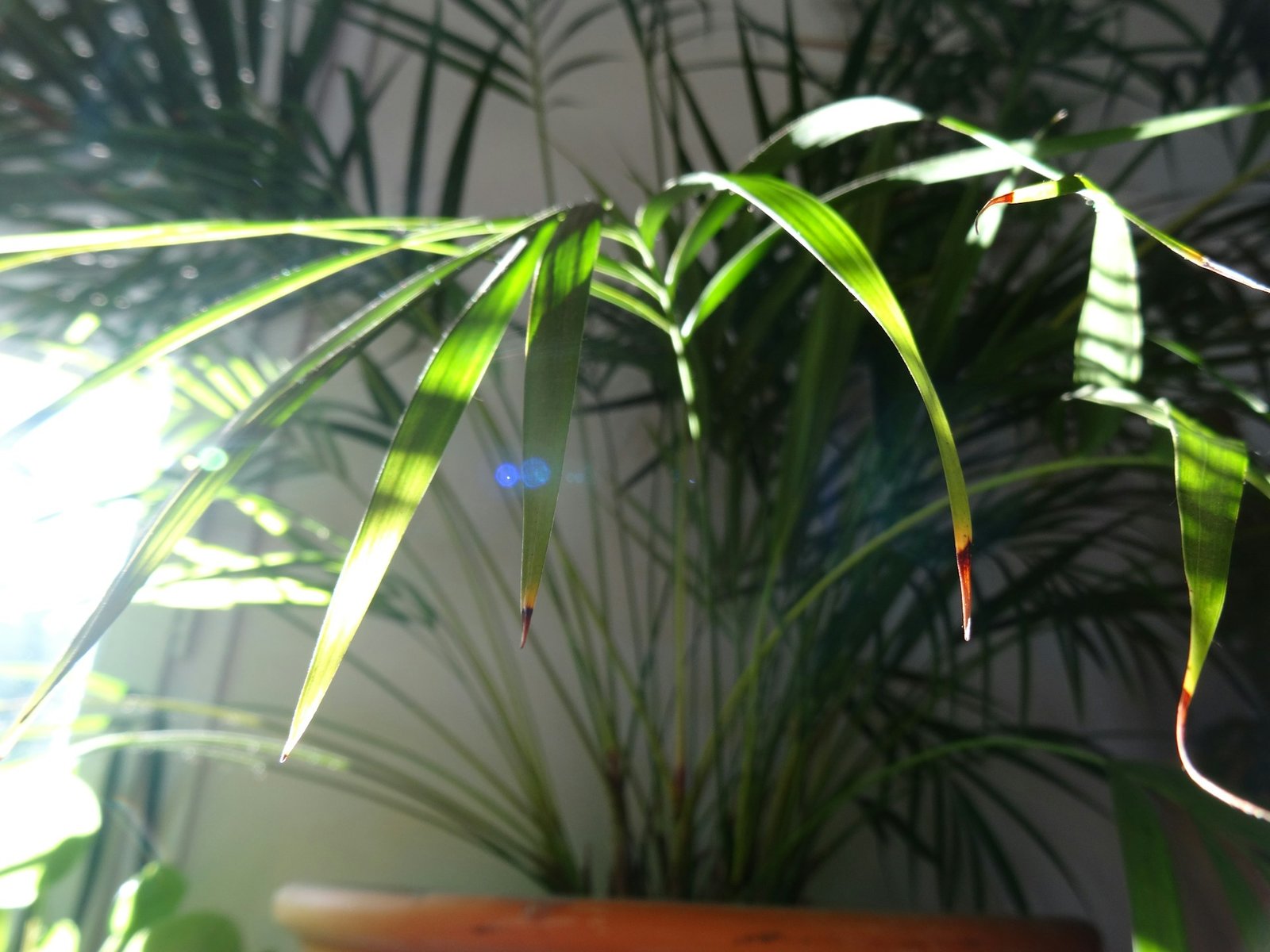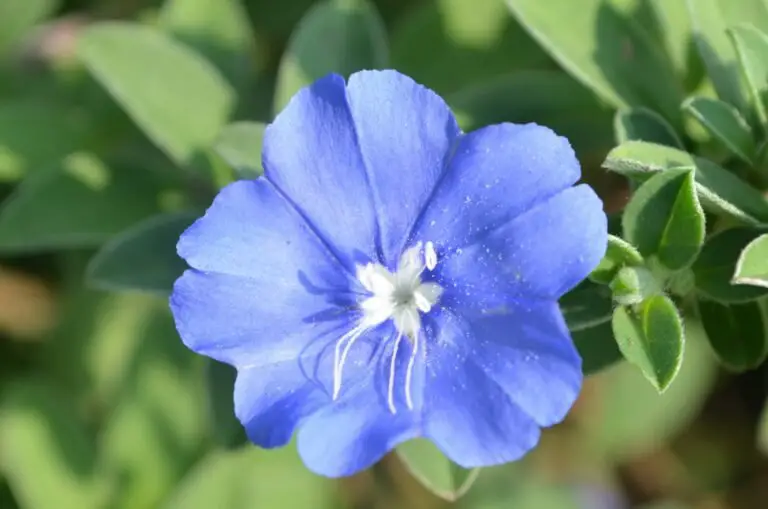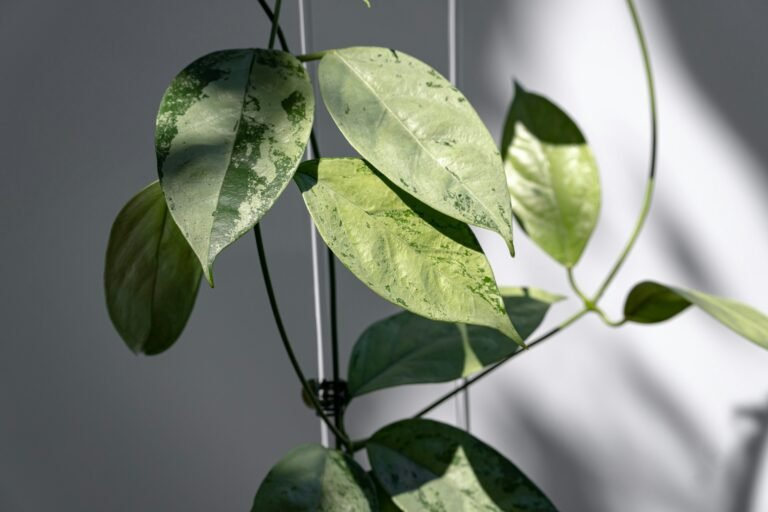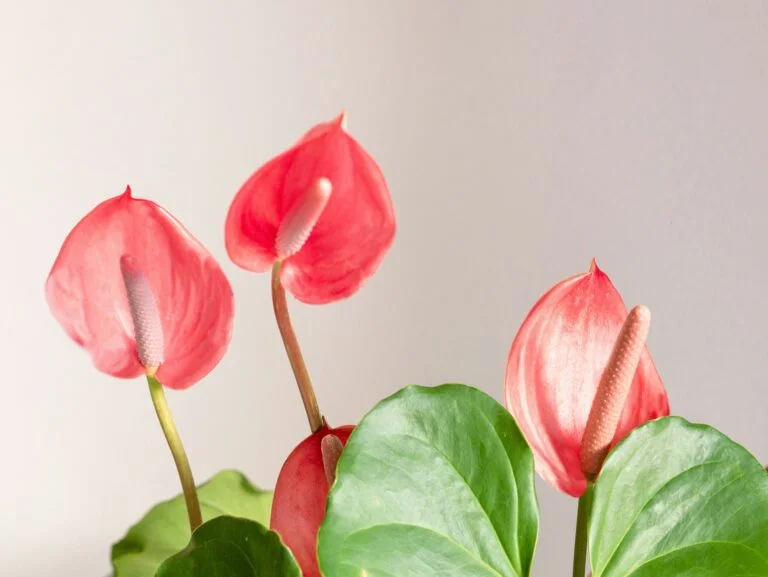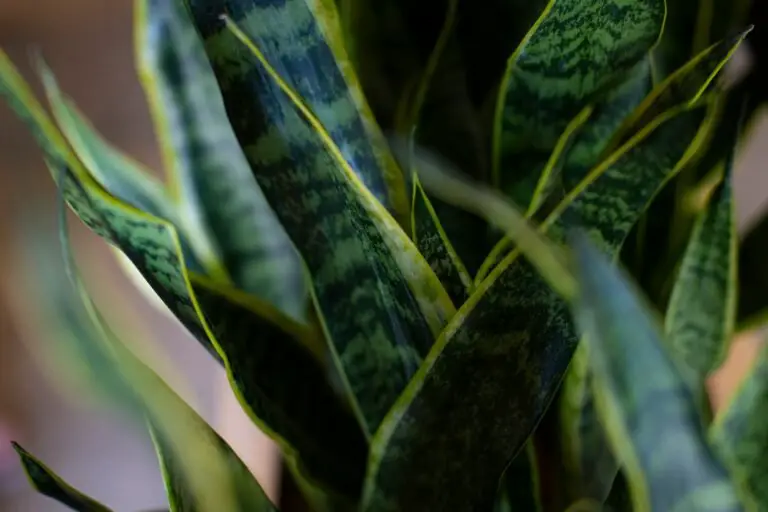Kentia Palm Care: The Low-Key Luxury Plant That Won’t Judge Your Lighting Situation
If the Monstera is the influencer and the Fiddle Leaf Fig is the diva, then the Kentia Palm is the effortlessly cool minimalist who always looks good without even trying.
With its soft, arching fronds and tropical vibes, this palm screams “I live in a well-curated space” — even if it’s just chilling next to your laundry basket. And the best part? It’s super low-maintenance, tolerates less-than-ideal conditions, and doesn’t throw tantrums when you forget to water for a week.
Basically: it’s luxury plant life without the drama. Let’s get into how to keep it thriving.
What Makes the Kentia Palm So Popular?
- Tall, graceful fronds that look great in literally any room
- Tolerates low light and dry air like a champ
- Doesn’t need repotting every year (slow grower = less work)
- Non-toxic to pets — a win for everyone
- Works in homes, offices, apartments, anywhere
Honestly, it gives the vibe of a five-star resort with the needs of a pothos. Iconic.
Light: Bright, Indirect Preferred — But Not Picky
The Kentia Palm (Howea forsteriana) is chill when it comes to lighting.
It prefers:
- Bright, indirect light (filtered sunlight, not harsh beams)
- Tolerates medium to low light without complaint
- Won’t thrive in complete darkness, but it’s not needy
If you’ve killed a Majesty Palm with too much sun or not enough water, the Kentia is your redemption arc.
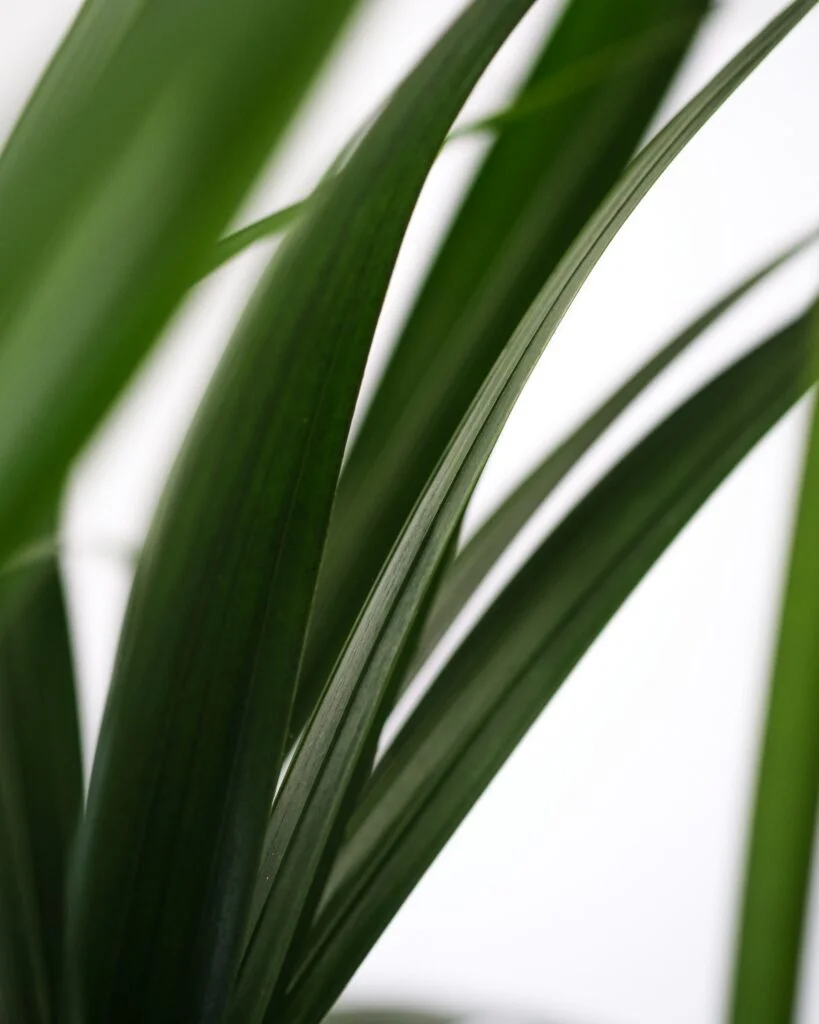
Watering: Minimal Effort, Maximum Chill
You don’t have to hover with a watering can. In fact, don’t.
Stick to this:
- Water when the top 2–3 inches of soil are dry
- In lower light, water less often
- Always empty saucers — it hates soggy feet
- Less is more during fall and winter
Signs it’s thirsty: drooping fronds or dry tips.
Signs you’re overdoing it: yellowing leaves or root rot vibes.
Humidity: Optional, But Appreciated
Is your air dry? Kentia doesn’t care (that much). But if you want it looking its lush best:
- Aim for 40–60% humidity
- Mist it occasionally or keep near other plants
- It’ll survive dry air — just don’t place it next to a heater
You don’t need a rainforest setting, just… not a desert.
Soil and Potting: Keep It Loose
Use a light, well-draining mix. Something that holds a little moisture but won’t smother the roots.
Try:
- Regular indoor potting mix + perlite or pumice
- Or a palm/cactus blend
- A pot with drainage holes is non-negotiable
It’s also slow-growing, so you won’t be repotting every six months. Maybe every 3–4 years. Enjoy the break.
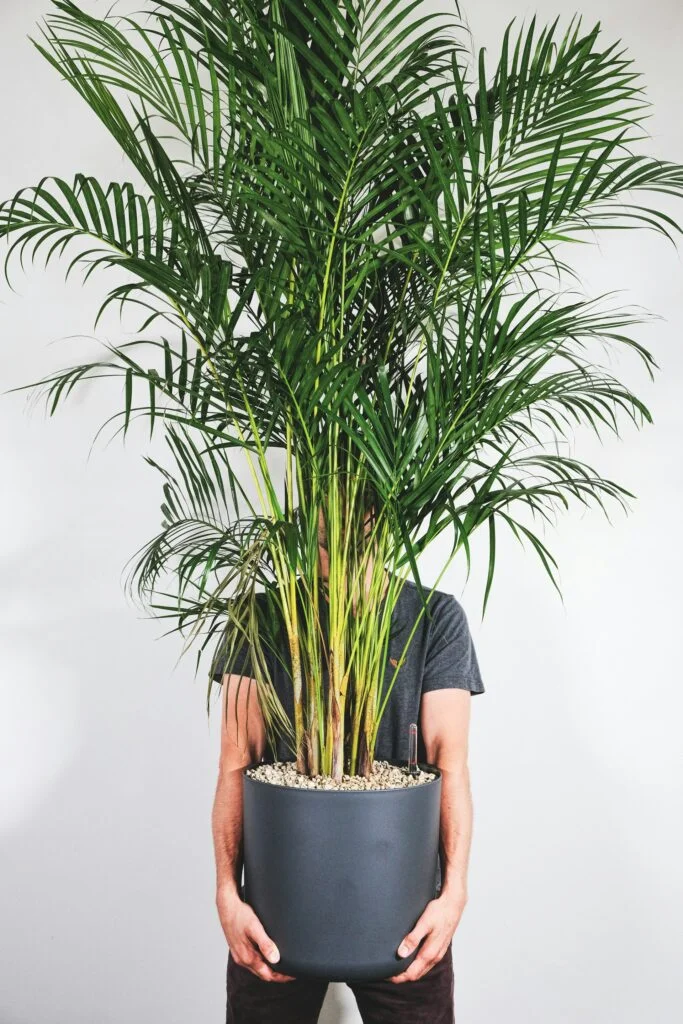
Fertilizer: A Little Snack in Growing Season
Kentia Palms don’t need a ton of food, but they’ll appreciate a light boost.
Feed it:
- Once a month in spring and summer
- Use a balanced liquid fertilizer, diluted
- Don’t fertilize in winter (it’s napping)
Too much fertilizer = sad, burnt fronds. Easy does it.
Pruning and Maintenance: Almost None
This is a no-drama plant. Just remove dead or yellowing fronds at the base.
Don’t:
- Cut healthy fronds
- Trim the tops (that’s how it grows — snip it and it’s done)
Want it to look extra fresh? Wipe down the leaves every few weeks to remove dust. That’s it.
Common Issues and What They Mean
Brown leaf tips?
Dry air, underwatering, or salt build-up. Trim tips with clean scissors.
Yellow leaves?
Overwatering. Let it dry out a bit before the next soak.
Pests?
Not common, but spider mites or scale may pop up in dry air. Wipe with neem oil if needed.
Final Thoughts
If you want a houseplant that’s elegant without being dramatic, luxurious without being fragile, the Kentia Palm is it. It won’t yell at you for missing a watering day or having meh lighting. It just shows up, looks good, and vibes.
Add it to your space, and you’ll immediately feel like your life is more together — even if you’re still eating cereal for dinner.

